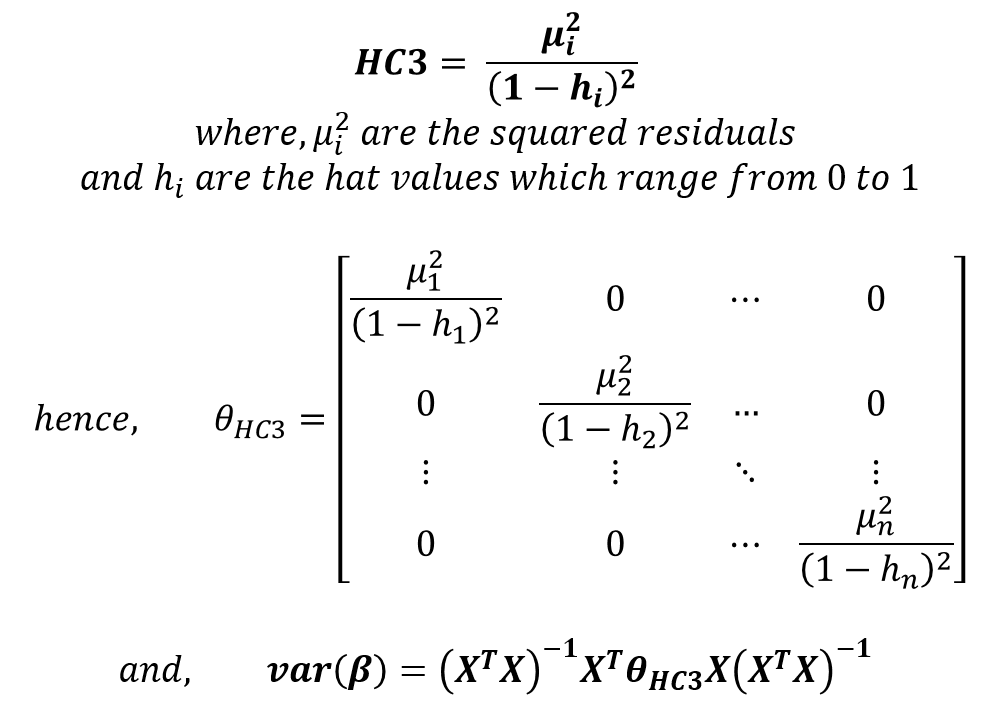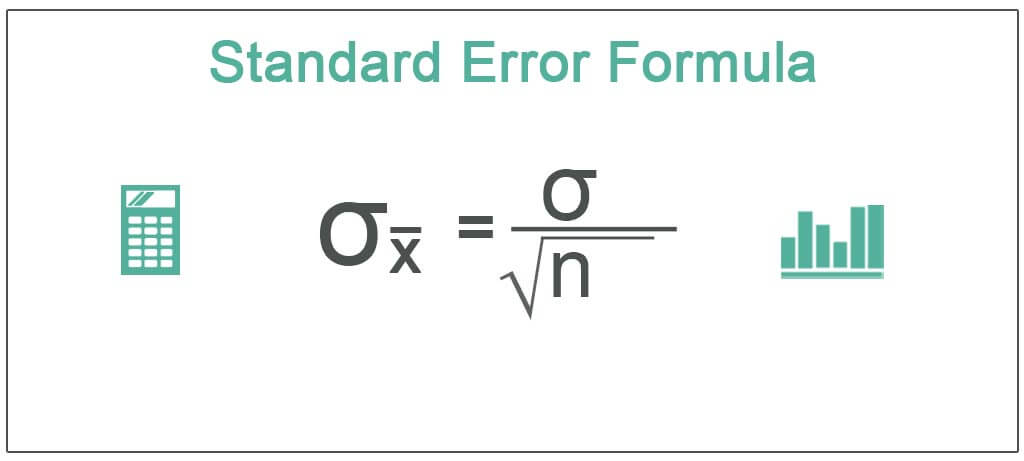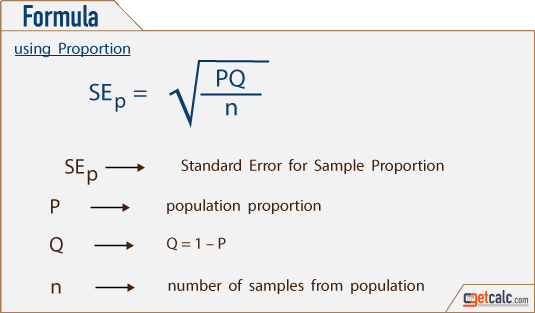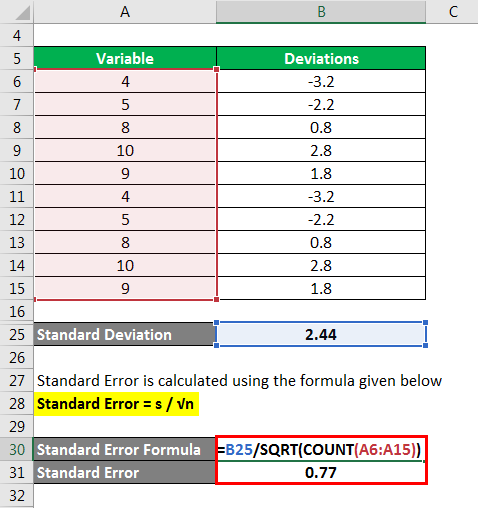Understanding the Standard Error Formula: A Comprehensive Guide
Statistics can often be a daunting field, filled with complex formulas and intricate concepts. One such concept is the “standard error formula,” which plays a crucial role in statistical analysis. Whether you’re a student, researcher, or data enthusiast, grasping the standard error formula is essential for accurate data interpretation.

Key Takeaways
- The standard error formula is fundamental in statistics, providing a measure of the accuracy of a sample mean compared to the population mean.
- It helps in estimating the variability and reliability of data, crucial for hypothesis testing and constructing confidence intervals.
- Understanding the standard error is vital for interpreting statistical results and making informed decisions based on data.
What is the Standard Error?
The standard error (SE) is a statistical term that reflects the variability of a sample statistic, most commonly the mean, from the true population mean. It provides insight into how much the sample mean would vary if different samples were taken from the same population. The smaller the standard error, the more representative the sample mean is of the population mean.
The Importance of the Standard Error
The standard error is crucial for several reasons:
- Precision of Estimates: A smaller standard error indicates more precise estimates of the population parameter.
- Confidence Intervals: SE is used to construct confidence intervals, which indicate the range within which the true population parameter is likely to fall.
- Hypothesis Testing: It plays a role in hypothesis testing, helping to determine if observed data is statistically significant.
Calculating the Standard Error Formula
The standard error formula varies depending on the statistic being estimated. For the sample mean, the formula is:

SE = s / √n
Where:
- s is the sample standard deviation.
- n is the sample size.
Steps to Calculate the Standard Error
- Calculate the sample mean (average of your data).
- Determine the sample standard deviation.
- Divide the sample standard deviation by the square root of the sample size.
Applications of the Standard Error Formula
The standard error formula is applied in various statistical analyses, including:
1. Constructing Confidence Intervals

Confidence intervals provide a range of values that likely contain the population parameter. The standard error is used to determine the margin of error in these intervals, influencing their width and reliability.
2. Hypothesis Testing
In hypothesis testing, the standard error helps determine the test statistic, which is used to decide whether to reject or fail to reject the null hypothesis. A smaller SE indicates more reliable test results.

3. Regression Analysis
In regression analysis, the standard error of the estimate measures the accuracy of predictions. It helps in assessing how well the regression line fits the data.
Factors Affecting the Standard Error
Several factors can influence the magnitude of the standard error:
1. Sample Size
A larger sample size generally results in a smaller standard error, as it provides more information about the population, leading to more accurate estimates.
2. Variability in Data
High variability within a dataset increases the standard error. More consistent data will result in a lower SE, indicating more reliable estimates.
3. Sampling Method
The method used to select samples can affect the standard error. Random sampling tends to yield more accurate estimates compared to non-random sampling methods.
Interpreting the Standard Error
Understanding the implications of the standard error is crucial for data analysis:
1. Small Standard Error
A small standard error suggests that the sample mean is a reliable estimate of the population mean, indicating low variability among sample means.
2. Large Standard Error
A large standard error indicates greater variability among sample means, suggesting that the sample mean may not be a precise estimate of the population mean.
The standard error formula is an essential tool in the realm of statistics, offering insights into the accuracy and reliability of sample estimates. By understanding and applying the standard error, researchers and analysts can make informed decisions based on statistical data. Whether you’re constructing confidence intervals, conducting hypothesis tests, or performing regression analysis, the standard error plays a pivotal role in ensuring the validity and reliability of your findings.
Mastering the standard error formula will enhance your ability to interpret statistical results accurately, ultimately leading to more robust conclusions and better decision-making based on data.






